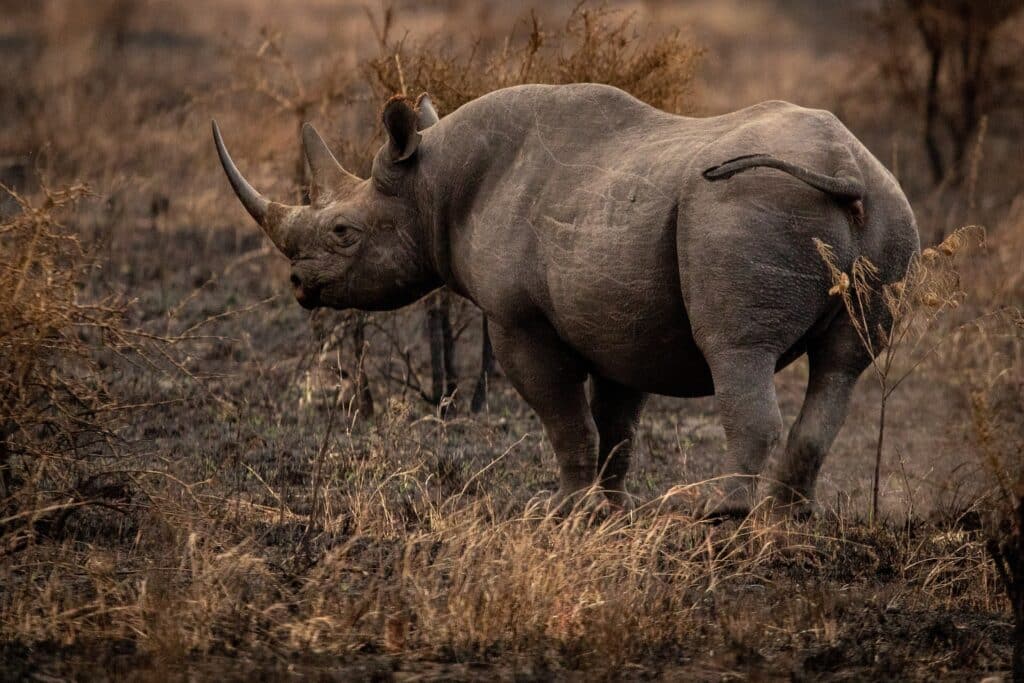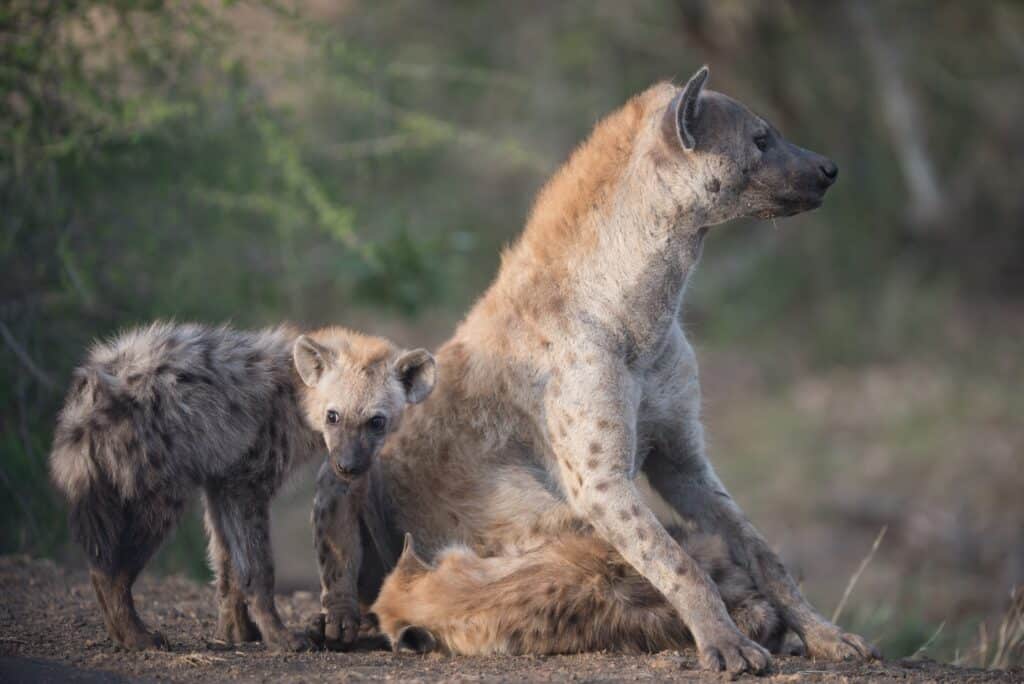15 Essential Tips for Safari Photography
Embarking on a safari adventure offers a unique opportunity to capture the stunning beauty of wildlife in its natural habitat. To make the most of your photographic journey, here are 15 essential tips for safari wildlife photography that will help you capture those once-in-a-lifetime shots.
1. Know Your Gear
Familiarise yourself with your camera and lenses before the safari. Practice adjusting settings like ISO, shutter speed, and aperture so you can quickly adapt to changing lighting conditions and fast-moving animals.
Understanding your gear inside and out will reduce the chances of missing a shot due to fumbling with settings. Spend time experimenting with different modes and settings in various lighting conditions to ensure you’re prepared for any situation you might encounter on your safari.


2. Pack the Right Equipment
Bring a telephoto lens (at least 300mm) to capture distant subjects, a wide-angle lens for landscapes, and a sturdy tripod or monopod for stability. Don’t forget extra batteries, memory cards, and lens cleaning supplies. A bean bag can also be useful for stabilising your camera on vehicle windows.
Additionally, pack a lightweight, weatherproof camera bag to protect your gear from dust and sudden weather changes. Having the right equipment ensures you’re prepared for a variety of photographic opportunities.
3. Use the Right Settings
For sharp images of moving animals, use a fast shutter speed (1/1000s or faster). A wider aperture (f/4 to f/5.6) can help isolate the subject from the background, while a higher ISO may be necessary in low light.
Take the time to practice adjusting these settings quickly, as wildlife moments are often fleeting. Utilising your camera’s custom settings can allow for rapid adjustments between different scenarios, such as from bright sunlight to shaded areas, ensuring you don’t miss any critical shots.


4. Understand Animal Behavior
Research the behaviour of the animals you hope to photograph. Knowing their habits and movements can help you anticipate shots and position yourself for the best angles. For example, understanding the feeding patterns of predators or the migration routes of herds can place you in the right spot at the right time. Observing their body language can also indicate when they are about to move or interact, allowing you to capture dynamic moments rather than just static poses.
5. Respect Wildlife
Always maintain a safe distance from animals and follow your guide’s instructions. Disturbing wildlife can stress them and lead to dangerous situations for both you and the animals. Respecting their space ensures you’re observing natural behaviours rather than influencing them with your presence.
Staying quiet and still can make animals feel more comfortable, increasing the chances of capturing candid moments and behaviours that truly reflect their natural state.


6. Patience is Key
Safari photography requires patience. Spend time observing animals and waiting for the right moment. Sometimes the best shots come from waiting quietly and letting the animals come to you.
Patience allows you to capture rare and intimate moments, such as a lioness interacting with her cubs or a bird in mid-flight. Embrace the slow pace and enjoy the process of being in nature; the most rewarding shots often come after long periods of waiting and observing.
7. Use Continuous Shooting Mode
Set your camera to continuous shooting mode to capture a series of shots in quick succession. This increases your chances of getting the perfect shot, especially with fast-moving animals.
Continuous shooting is particularly useful during moments of action, such as a cheetah sprinting or a bird taking off. It allows you to select the best frame from a sequence, ensuring you capture the peak moment of movement with clarity and precision.


8. Focus on the Eyes
The eyes are the most expressive part of an animal and should be the focal point of your photos. Ensure the eyes are in sharp focus to add depth and emotion to your images.
Eye contact can create a powerful connection between the subject and the viewer, making your photos more compelling. Use single-point autofocus to precisely target the eyes, and take multiple shots to ensure at least one has perfect focus.
9. Compose Thoughtfully
Apply the rule of thirds to create balanced and engaging compositions. Leave space in the frame for the animal to move into, and consider the background to avoid distractions. Thoughtful composition can transform a good photo into a great one. Experiment with different angles and perspectives, such as getting low to the ground for a more intimate view or shooting from a higher vantage point to include more of the landscape.
Don’t be afraid to break compositional rules creatively if it enhances the storytelling of your image.


10. Shoot in RAW
Photographing in RAW format provides greater flexibility in post-processing. It allows you to recover details in shadows and highlights, adjust white balance, and fine-tune exposure with minimal quality loss. While RAW files take up more space, the benefits of post-processing are worth it. RAW files contain more data than JPEGs, enabling you to make significant adjustments to your images without degrading quality, which is crucial for wildlife photography where lighting conditions can be challenging.
11. Capture the Environment
While close-ups are captivating, don’t forget to capture the animal’s environment. Wide shots that include the landscape can tell a more complete story and add context to your images.
Showing animals within their habitat highlights their relationship with the environment and can create more powerful and meaningful photographs. Look for opportunities to include elements like watering holes, trees, or vast plains to provide a sense of place and scale.


12. Use Natural Light
The best times for wildlife photography are early morning and late afternoon when the light is soft and warm. Avoid harsh midday sunlight, which can create unflattering shadows and overexposed highlights. Golden hour light can add a magical quality to your photos, enhancing colours and textures. Plan your shoots around these times to take advantage of the best natural light.
If you must shoot in harsh light, use natural elements like trees for shade or position the sun behind your subject for backlit shots.
13. Be Ready for Action
Wildlife can be unpredictable, so always be ready. Keep your camera turned on, with settings adjusted for the current conditions, and be prepared to shoot at a moment’s notice.
Anticipate potential movements and behaviours, and have your finger on the shutter button. Being ready also means having your camera securely strapped to you and easily accessible, as wildlife encounters can happen suddenly and unexpectedly.


14. Stay Quiet and Still
Minimise noise and movement to avoid startling the animals. This increases the likelihood of observing natural behaviour and getting close-up shots without causing stress to the wildlife.
Wearing neutral-coloured clothing can help you blend into the environment. Practice moving slowly and deliberately to avoid drawing attention to yourself. The quieter and less obtrusive you are, the more relaxed and natural the animals will behave, resulting in more authentic photographs.
15. Enjoy the Experience
Finally, don’t get so caught up in taking photos that you forget to enjoy the safari. Take moments to put the camera down, soak in the surroundings, and appreciate the beauty of the natural world.
Photography is about capturing memories and experiences, but it’s also important to be present in the moment. The more you connect with your environment, the more inspired and creatively fulfilled you’ll be, which will reflect in the quality of your photographs.

By following these 15 safari photography tips, you’ll be well-equipped to capture breathtaking wildlife photos on your adventure. Remember, the key to great wildlife photography is patience, respect, and a genuine love for nature. Happy shooting!
Here at Safari & Beach, we offer tailored safari package holidays to meet your specific interests and travel goals. If you want us to help plan your adventure, get in contact with our team today.

